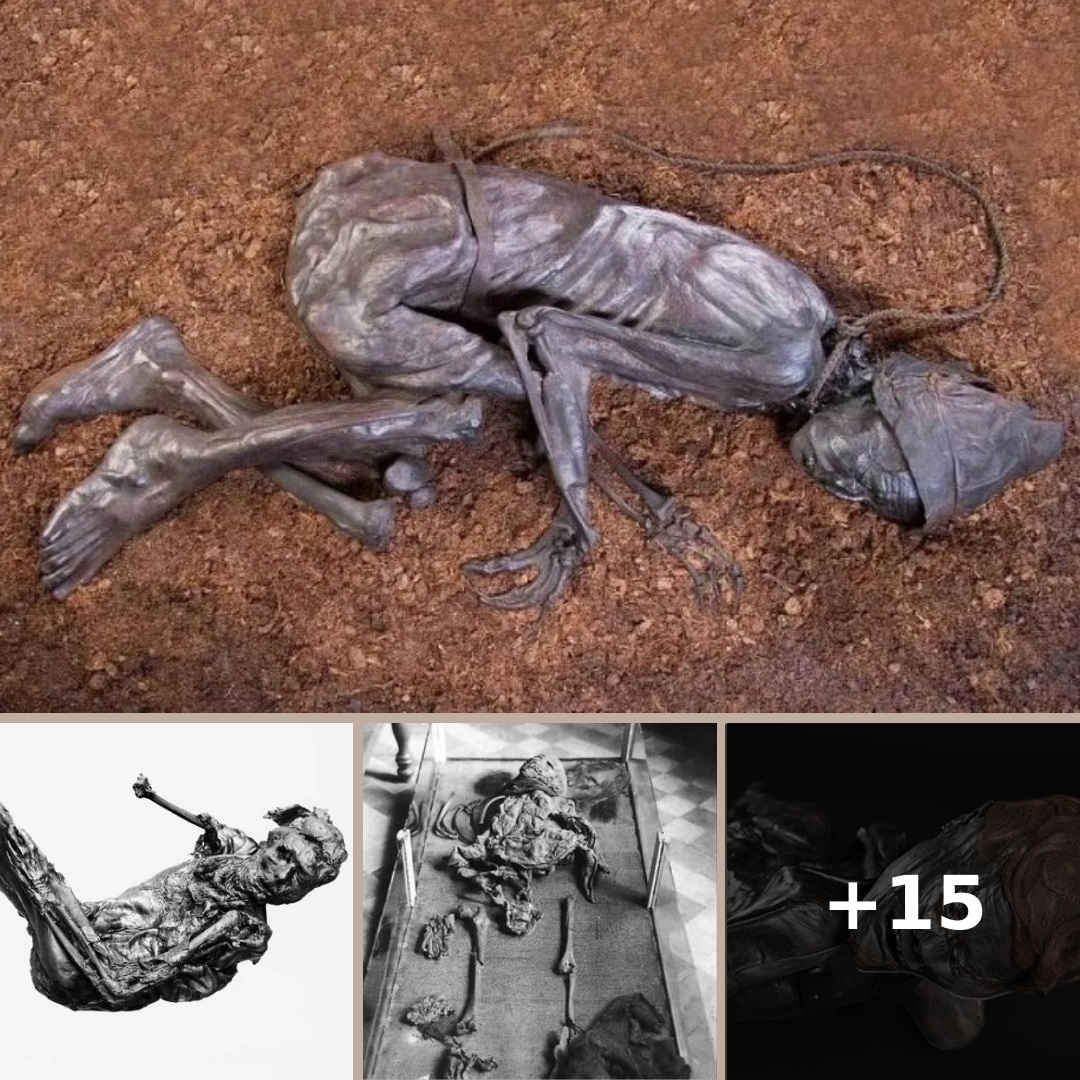Bog bodies are corpses that are mummified when they are submerged in highly acidic bodies of water with low temperatures and oxygen levels, such as peat bogs — and dozens of them have been accidentally uncovered across Europe over the centuries.
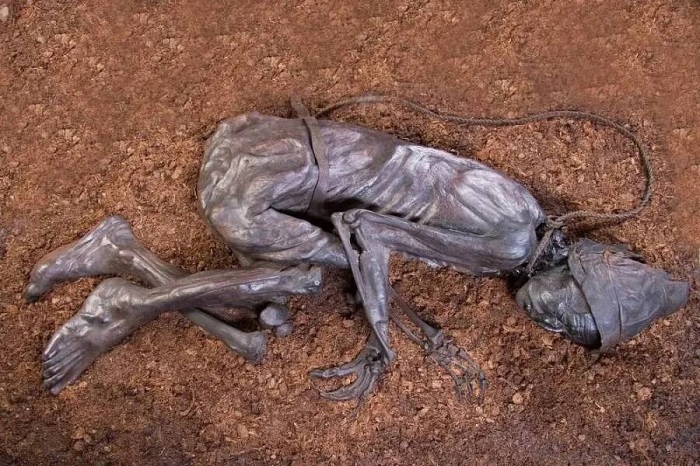
In 1950, two Danish brothers stumbled across a human body while collecting peat from a bog outside of Silkeborg. Terrified, they immediately notified the police. The man appeared to have died recently, so the brothers assumed he was a murder victim. However, radiocarbon dating told quite a different story: It was actually a 2,400-year-old bog body.
The “Tollund Man,” nicknamed after the village where the men who discovered him lived, had died between 405 and 380 B.C.E. He was found naked with a noose around his neck and a sheepskin hat on his head. Researchers believe that he was likely a human sacrifice victim.
While the idea of a corpse lying perfectly preserved beneath peat for thousands of years may seem extraordinary, the Tollund Man is just one of many bog bodies that have been uncovered in the last two centuries.
So, how are bog bodies formed? And what can they reveal about the past? Above, look through 33 images of the eerie corpses found in bogs across Europe. And below, read about the history of these macabre mummies.
What Are Bog Bodies?
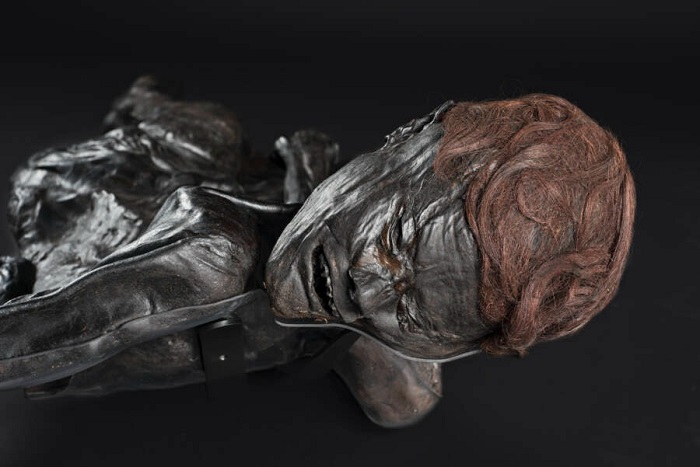
Bog bodies — corpses mummified and preserved by the highly acidic water, low temperature, and lack of oxygen found in some bogs — have been turning up for hundreds of years. The first recorded body was found in Germany in 1640, and hundreds have been unearthed since, though only a few dozen are still intact.
Though the oldest bog body ever discovered dates back to 8000 B.C.E., not all of them are ancient. In the 1990s, the well-preserved corpses of Russian soldiers killed during World War II were found in bogs in Poland. And although most bog bodies have been uncovered in Europe, they’ve appeared elsewhere, too. In the U.S., Native American remains have been found in Florida bogs.
The unique environment of bogs can perfectly preserve the skin and internal organs of a human, as well as their hair, fingernails, and stomach contents. This has allowed researchers to determine a plethora of information about the people who were mummified in the bogs, from what they ate for their final meals to the diseases they suffered from during their lifetimes.
In fact, Europe’s bog bodies have even revealed new details about the cultures in which they once lived.
The Famous Bog Mummies Of Europe
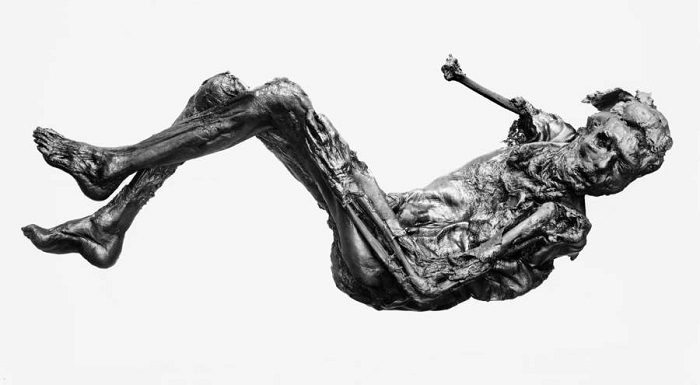
The Tollund Man is one of the most famous bog bodies ever discovered. But he’s just one of many mummies to emerge from Europe’s peat bogs.
Like the Tollund Man, the Grauballe Man was discovered in the 1950s. And also like the Tollund Man, he was so well preserved that he appeared to be a recent corpse. He even still had flaming red hair.
“I stood on the shovel and it wobbled like a rubber ball,” Tage Busk Sørensen, the peat cutter who discovered the body in 1952, recalled of his eerie discovery, according to the Moesgaard Museum. “I hit him right on the shoulder. There was the head so fine. I had to get down on my knees to see if it really was a human head. Then I realized it really was.”
An examination of the body revealed it was some 2,300 years old. The Grauballe Man was around 30 years old when he died, stood more than five-and-a-half feet tall, and had a full head of hair. Though it appeared bright red, it’s unlikely that it was this color when he was alive — the chemical composition of the bog changed its hue over time.
Half a century earlier, another well-preserved bog body had been discovered in the Stijfveen bog near the Dutch village of Yde. Two laborers were dredging peat on a spring day in 1897 when a dark human form suddenly surfaced from beneath the water. Believing it to be the Devil, they fled.
What they’d seen was actually a 2,000-year-old bog body.
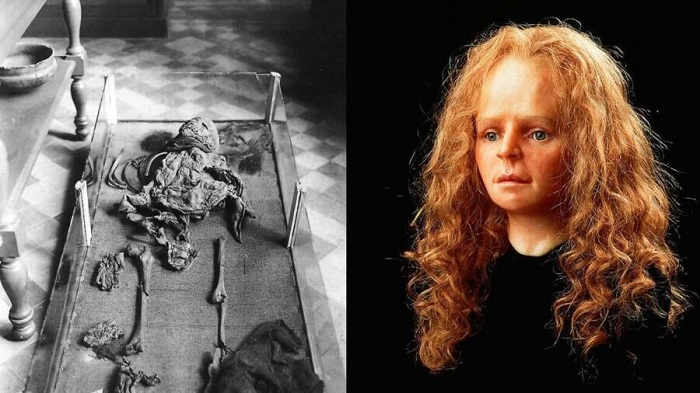
The Yde Girl, as the body was nicknamed, was a 16-year-old who died between 54 B.C.E. and 128 C.E. She stood four-and-a-half feet tall and appeared to have suffered from a severe case of scoliosis when she was alive.
The Yde Girl was not in as good condition as the Tollund Man or the Grauballe Man, but these three bog bodies had one gruesome thing in common: Like many of the other human remains dredged from peat bogs, they were likely the victims of ritual sacrifice.
How Did These People Die?
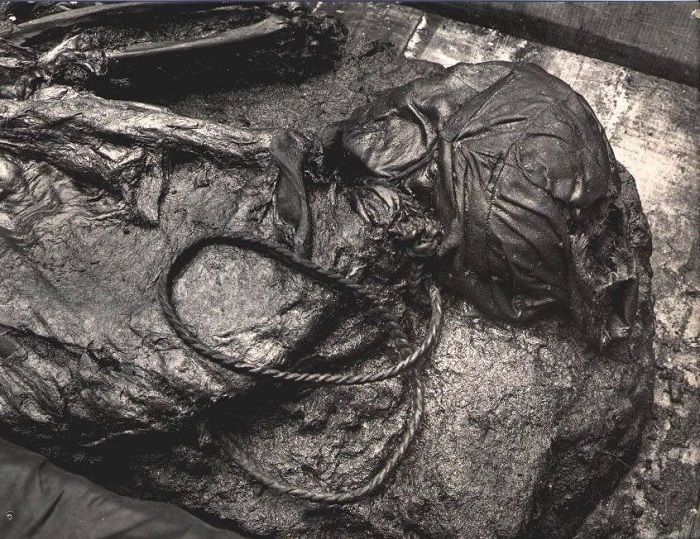
The Tollund Man, the Grauballe Man, the Yde Girl, and many other bog bodies discovered in Europe seemingly died violent deaths.
The Tollund Man was found with a rope around his neck, which is why researchers believe that he was hanged. Though it’s possible he was a criminal, died by suicide, or was murdered, experts have reason to believe that he was a sacrifice victim. The Tollund Man was laid to rest by someone who closed his eyes and mouth, and, significantly, he was buried in a bog and not in the earth.
Researchers found that the Grauballe Man had a broken shin bone and a slit throat. The Moesgaard Museum speculates that a priest broke his leg with a club, forcing him onto his knees. The priest may have then grabbed his hair, yanked his head back, and sliced his neck from ear to ear.
As for the Yde Girl, the Drents Museum reports that she was strangled by a “woolen band” that was wrapped around her throat three times and possibly stabbed in the neck.
That said, not all bog bodies were necessarily human sacrifice victims. Though many of them bear marks of violence — including the Clonycavan Man, Old Croghan Man, and Lindow Man — others do not. Some may have merely drowned while attempting to cross the treacherous landscape. Others may have been victims of murder.
In all, each bog body tells a distinct story. Found in different places and hailing from different times, these people lived unique lives — and died unique deaths. Their facial features, gruesome injuries, and even the curious contents of their stomachs relate a fascinating history of how ancient humans lived and died hundreds or even thousands of years ago.
In the gallery above, get to know some of the most notable bog bodies that have been discovered so far. And the next time you’re around a peat bog, keep an eye out for a human figure emerging from the depths.
